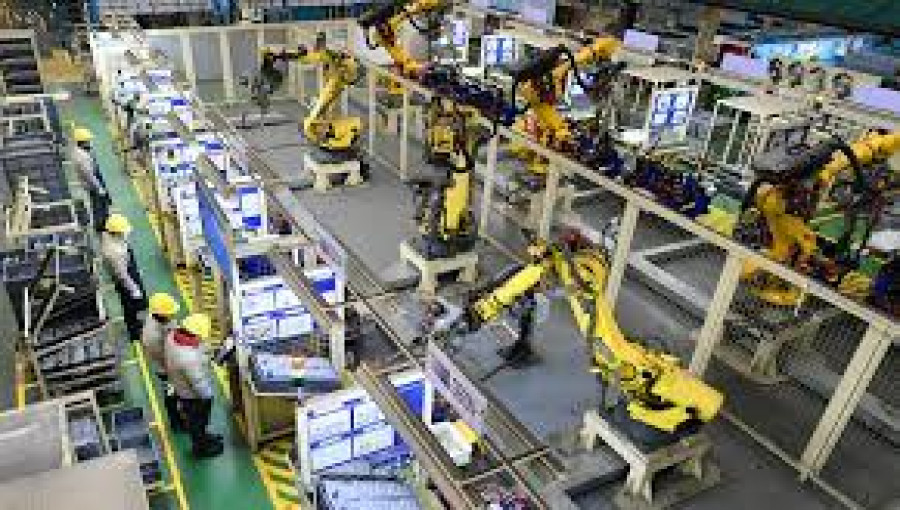The potential implementation of significant tariffs by U.S. President-elect Donald Trump could bring both opportunities and challenges for various Asian countries. Trump's promises of 60% tariffs on Chinese goods and a general rise in duties for imports could cause companies to reconsider their reliance on China for manufacturing. This would likely prompt a shift in production to other Asian nations, potentially benefiting countries like Vietnam, India, Malaysia, Thailand, and Indonesia, which could gain from the relocation of factories.
However, the consequences of a trade war between the U.S. and China would be complex. While some Asian economies might gain from factory relocations, the overall impact could destabilize global markets, with Asia—responsible for the largest share of global growth—being particularly vulnerable. Southeast Asia, where supply chains are deeply intertwined with China, could experience indirect effects due to reduced U.S. demand for Chinese products, even if U.S. tariffs are not directly applied to Southeast Asian exports.
Countries like Indonesia, with its strong export links to China (particularly in minerals), could be hit hard. Additionally, China remains a major trading partner for Japan, South Korea, and Taiwan. Adam Ahmad Samdin from Oxford Economics notes that lower U.S. demand for Chinese goods could hurt ASEAN exports to the U.S., even if they don’t face direct tariffs themselves.
Trump's protectionist policies could also target other countries, such as India, which has significant exposure to Chinese components in its exports. U.S. tariffs could make Indian exports, including automobiles, textiles, and pharmaceuticals, less competitive in the U.S. market, leading to negative impacts on India's trade.
On the flip side, the trade disruptions could accelerate the "China+1" strategy that began under Trump’s first term, with companies diversifying production outside China. Vietnam, with its cheap skilled labor and geographical advantages, has already benefited, particularly in electronics, and could continue to attract investment from U.S. and Chinese companies seeking alternative production bases.
Nevertheless, the transition of production from China to other Asian countries is not without challenges. China’s advantage in terms of scale, price, and quality is difficult to replicate, and the restructuring of supply chains could lead to inefficiencies, driving up prices and negatively impacting global growth.
In conclusion, while some Asian nations may gain from factory relocations, the broader economic fallout from a U.S.-China trade war could lead to reduced efficiency, higher costs, and weaker global demand, ultimately hindering economic prospects for the region.































Comment: